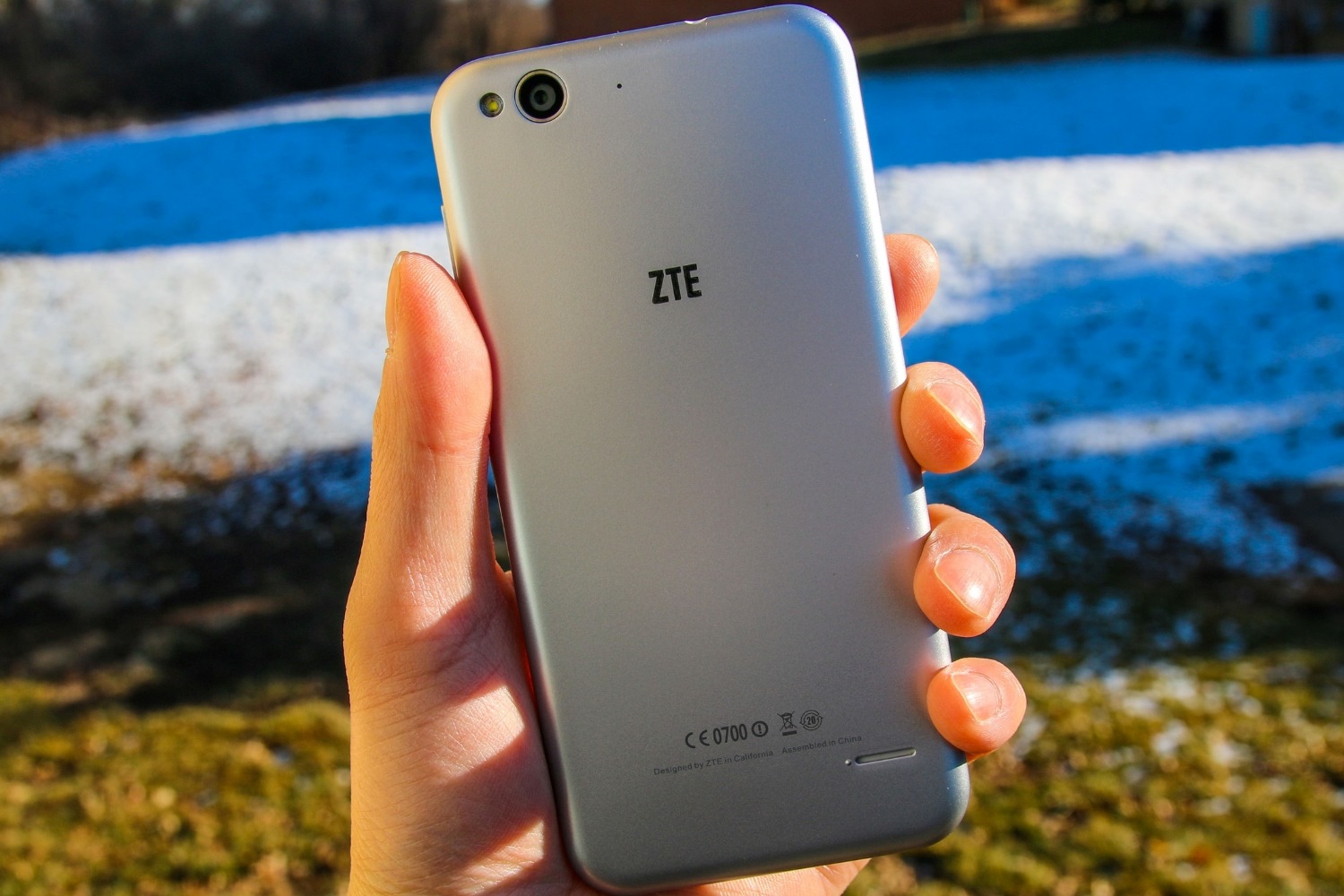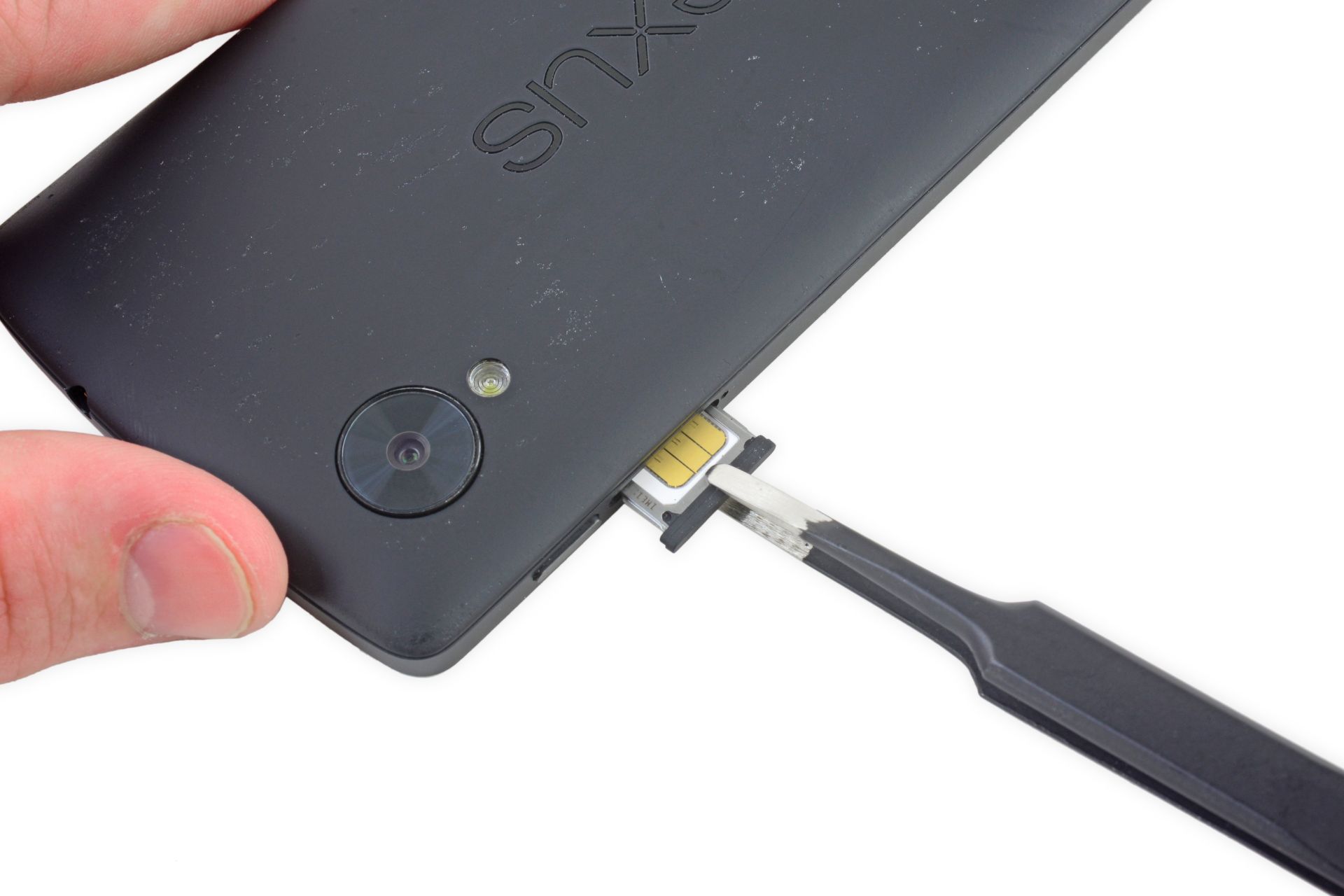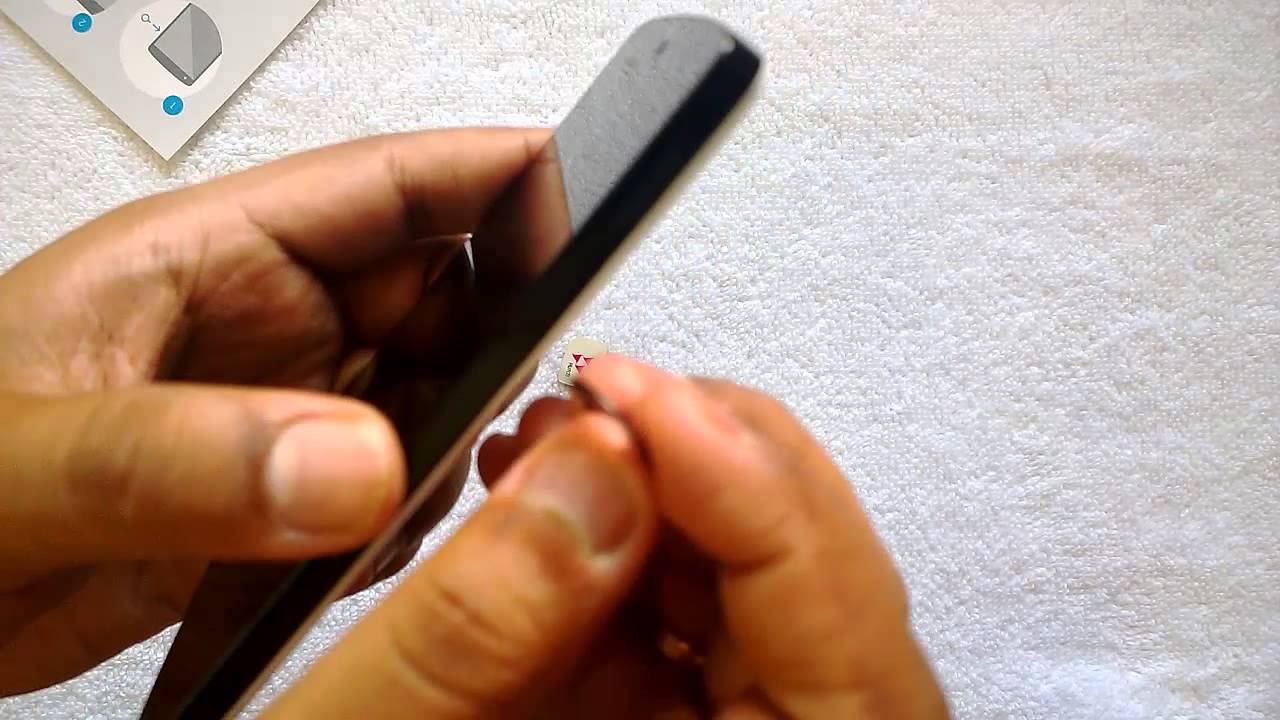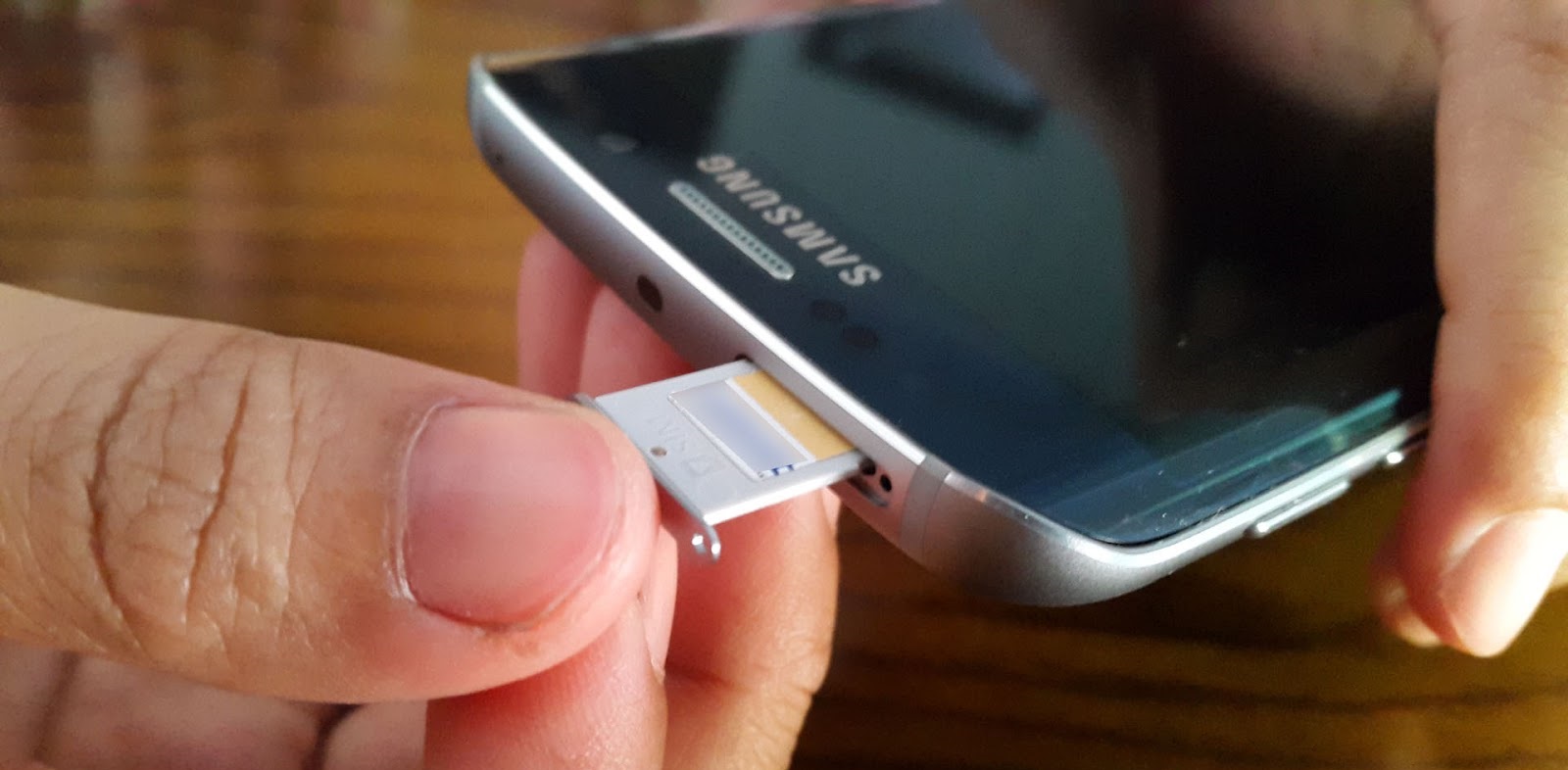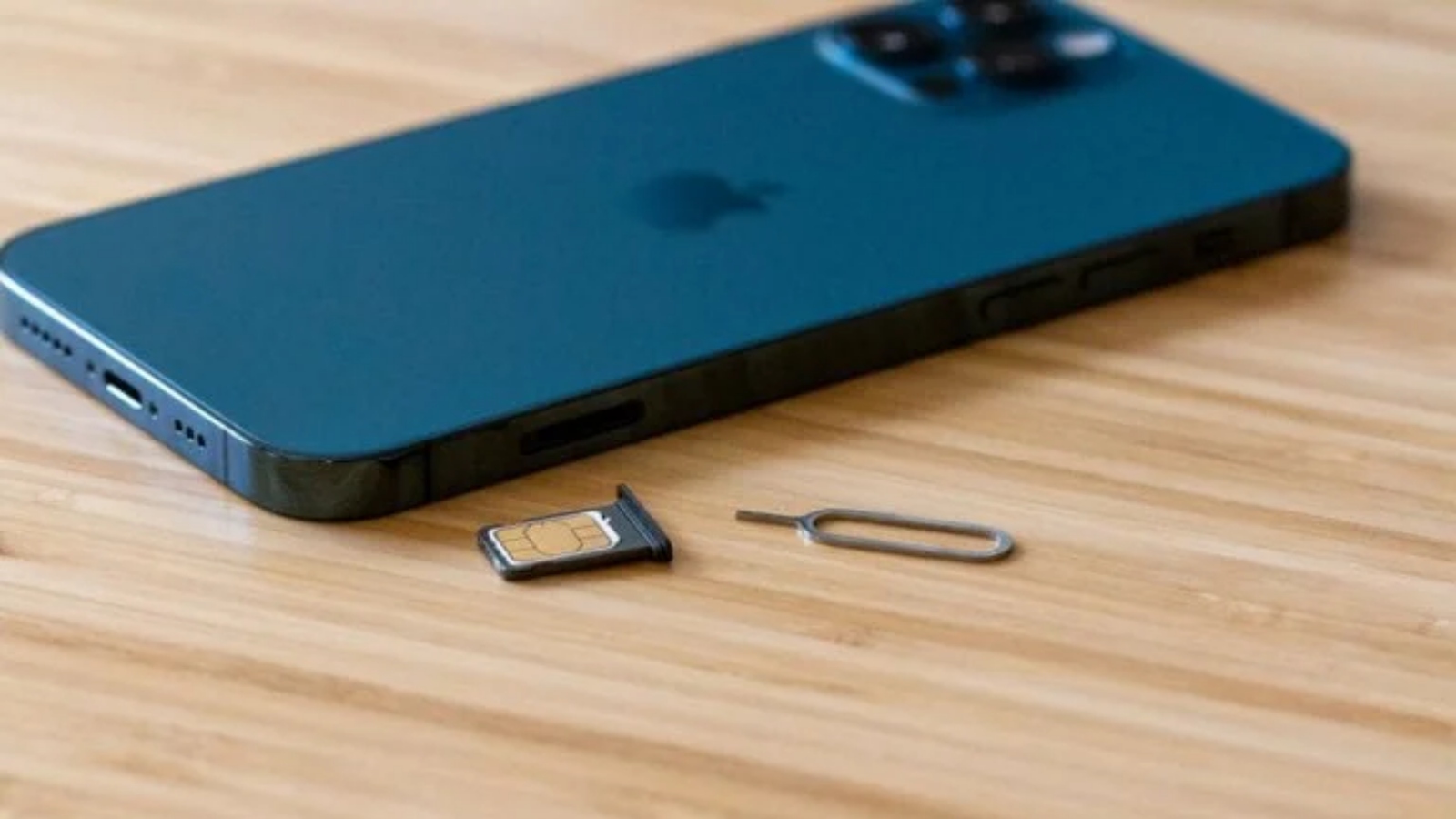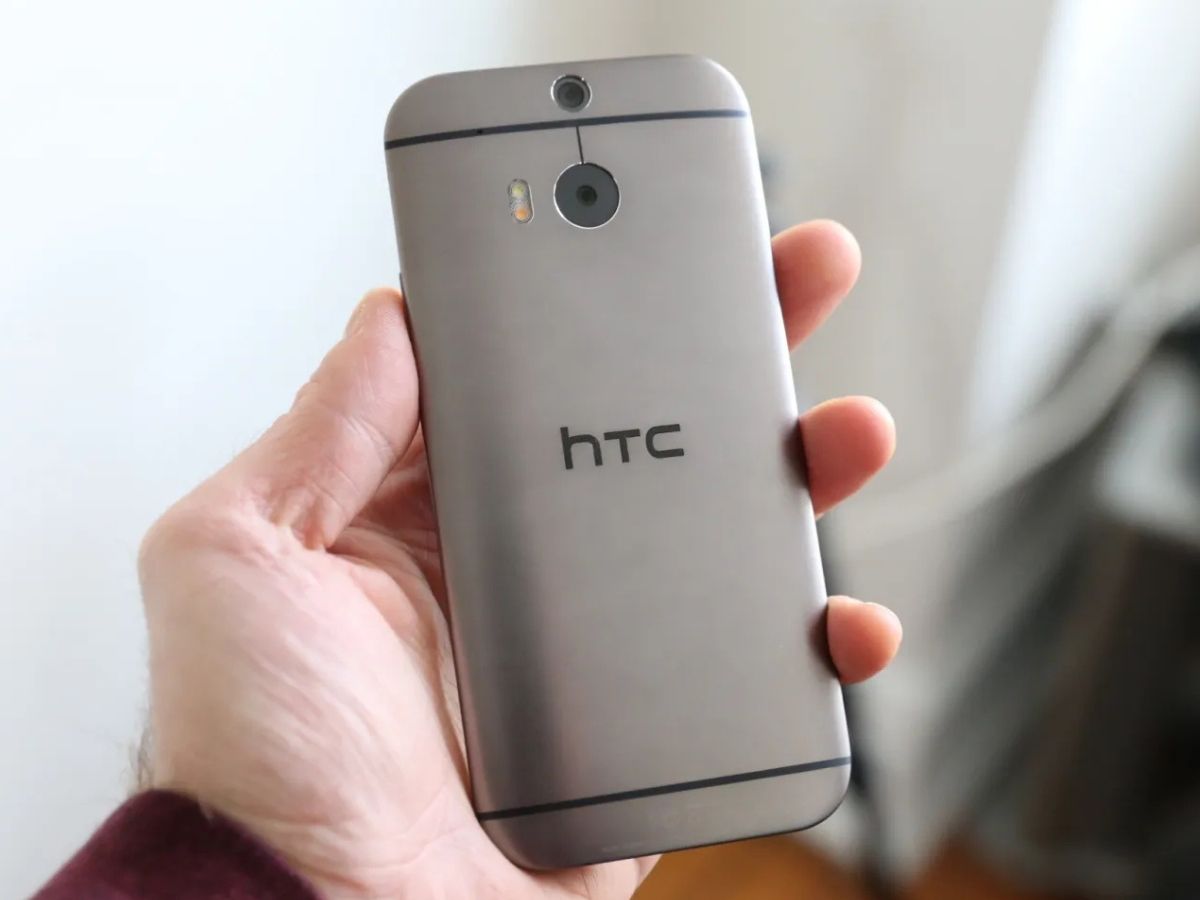Introduction
Inserting a SIM card into a mobile device is a fundamental step in setting up a new phone or switching to a different carrier. Whether you've just purchased a brand-new smartphone or you're upgrading to a newer model, knowing how to properly insert a SIM card is essential for seamless connectivity. The SIM card, or Subscriber Identity Module, is a small, removable card that stores crucial information such as your phone number, contacts, and text messages. It's the key to accessing your cellular network and making calls, sending texts, and using mobile data.
In this guide, we will walk you through the process of inserting a SIM card into your mobile device, ensuring that you can complete this task with confidence and ease. Whether you're a tech-savvy individual or a complete novice, this step-by-step guide will provide you with the necessary instructions to successfully insert a SIM card into your device. By following these simple steps, you'll be able to enjoy uninterrupted access to your mobile network and stay connected with friends, family, and colleagues.
Now, let's delve into the details of locating the SIM card slot and seamlessly inserting the SIM card into your mobile device. It's time to empower yourself with the knowledge and skills needed to handle this essential aspect of mobile device setup. Let's get started!
Step 1: Locate the SIM card slot
Locating the SIM card slot is the first crucial step in the process of inserting a SIM card into your mobile device. The exact location of the SIM card slot varies depending on the make and model of your phone. However, most smartphones have the SIM card slot located either on the side of the device or underneath the back cover.
If your phone has a removable back cover, you'll need to gently remove it to access the SIM card slot. Once the cover is off, you'll likely find the SIM card slot near the battery compartment. It's important to handle the back cover with care to avoid damaging it or the components underneath.
For devices with non-removable back covers, the SIM card slot is typically located on the side of the phone. Look for a small pinhole or a tray that can be ejected using a SIM card ejector tool or a paperclip. Some phones have a designated SIM card tray that can be accessed by gently inserting the ejector tool into the pinhole, while others may require you to slide the tray out from the side of the device.
Before proceeding, it's advisable to consult your device's user manual for specific instructions on locating the SIM card slot. Additionally, a quick online search using the make and model of your phone can provide visual guides or tutorials for locating the SIM card slot.
As you locate the SIM card slot, take note of the orientation required for inserting the SIM card. Most devices have a diagram near the slot that indicates the correct positioning of the SIM card. It's essential to align the SIM card properly to ensure a secure fit and prevent any potential damage to the card or the device.
By carefully following these steps and paying attention to the specific location and orientation of the SIM card slot, you'll be well-prepared to proceed with the next steps of inserting the SIM card into your mobile device. This foundational knowledge sets the stage for a smooth and successful SIM card installation process.
Step 2: Turn off your device
Turning off your device before inserting a SIM card is a crucial step that ensures the safety of both the device and the SIM card. By powering down the device, you minimize the risk of causing damage to the internal components and prevent any potential data corruption. This step also allows for a smooth and uninterrupted insertion process, as the absence of power reduces the likelihood of interference or disruption.
To turn off your device, locate the power button, typically situated on the side or top of the phone. Press and hold the power button until the on-screen prompts or options appear. Depending on the device, you may need to confirm the shutdown process by tapping on-screen buttons or following the provided instructions. Once initiated, the device will begin the shutdown sequence, and the screen will display a powering down message or animation.
It's important to wait for the device to completely power off before proceeding to the next step. This ensures that all active processes are safely terminated, and the device is in a state ready for the SIM card insertion. Depending on the device model and the number of active applications, the shutdown process may take a few seconds to complete. Patience is key during this phase, as rushing the process may lead to incomplete shutdown and potential complications when inserting the SIM card.
Once the device is powered off, it's advisable to wait an additional moment to ensure that the internal components have fully disengaged. This brief pause allows for any residual electrical activity to settle, creating an optimal environment for the SIM card to be inserted without any interference. By exercising patience and attentiveness during this step, you set the stage for a seamless and trouble-free SIM card insertion process.
By following these detailed instructions and ensuring that your device is fully powered off, you're well-equipped to proceed with the next step of inserting the SIM card into your mobile device. This deliberate approach not only safeguards the integrity of your device and SIM card but also contributes to a smooth and successful setup process.
Step 3: Insert the SIM card
With the SIM card slot located and the device powered off, you're now ready to proceed with the pivotal step of inserting the SIM card into your mobile device. This step requires precision and attention to detail to ensure that the SIM card is securely placed, allowing for seamless connectivity and network access.
-
Remove the SIM card tray: For devices with a removable SIM card tray, gently insert the SIM card ejector tool or a straightened paperclip into the provided pinhole near the SIM card slot. Apply a small amount of pressure to release the SIM card tray from its slot. Carefully pull out the tray, ensuring a steady and controlled motion to prevent any damage to the tray or the device.
-
Position the SIM card: Once the SIM card tray is accessible, inspect it to identify the designated area for the SIM card. Most trays have a clearly marked outline or an embedded SIM card diagram to indicate the proper positioning. Take a moment to align the SIM card with the tray, ensuring that the notched corner of the SIM card matches the corresponding notch on the tray. This alignment is crucial for a secure fit and prevents any potential damage to the SIM card or the device.
-
Insert the SIM card: With the SIM card properly positioned, gently place it into the designated area on the SIM card tray. Apply light pressure to ensure that the SIM card sits flush within the tray, without any protruding edges. Take care to avoid forcing the SIM card into the tray, as excessive pressure may lead to damage. Once the SIM card is securely in place, carefully slide the tray back into the SIM card slot until it clicks into position.
-
Non-removable SIM card slots: For devices with non-removable SIM card slots, the insertion process may involve directly placing the SIM card into the designated slot within the device. In such cases, carefully align the SIM card with the indicated orientation and gently insert it into the slot. Exercise caution to avoid applying excessive force, as the SIM card should fit smoothly into place without resistance.
-
Verify the installation: After inserting the SIM card, take a moment to ensure that it is securely positioned within the tray or slot. Check for any visible misalignment or protrusion, and gently adjust the SIM card if necessary. Once confirmed, proceed to the next step of turning on your device to activate the SIM card and establish network connectivity.
By meticulously following these detailed steps, you've successfully completed the critical process of inserting the SIM card into your mobile device. This meticulous approach ensures that the SIM card is securely in place, setting the stage for seamless network access and uninterrupted communication capabilities.
Step 4: Turn on your device
With the SIM card securely inserted into the device, the next pivotal step is to power on your mobile device. This essential action initiates the activation process for the newly inserted SIM card and allows the device to establish connectivity with the designated mobile network. By following the detailed instructions outlined below, you'll seamlessly transition from the SIM card insertion phase to the activation and network setup phase, ensuring that your device is fully operational and ready for use.
-
Press the Power Button: Locate the power button on your device, typically situated on the side or top of the phone. Press and hold the power button for a few seconds until the device's screen displays the startup animation or the manufacturer's logo. This action signals the device to power on and initiate the boot-up process.
-
Wait for Startup: As the device powers on, allow it a few moments to complete the startup sequence. Depending on the device model and specifications, the startup process may vary in duration. It's essential to exercise patience and refrain from interrupting the startup sequence to ensure a smooth and uninterrupted activation process.
-
Enter PIN or Unlock Code: If your SIM card is secured with a PIN or unlock code, the device will prompt you to enter this code upon startup. Carefully input the required code using the on-screen keyboard or keypad, following any specific instructions provided by the device. This step is crucial for authenticating the SIM card and enabling network access.
-
Network Registration: Once the device has successfully powered on and the SIM card PIN has been entered, it will proceed to register with the designated mobile network. This process involves establishing a secure connection with the network provider, enabling the device to access voice, text, and data services.
-
Signal Reception: After the network registration is complete, the device will begin searching for and acquiring a stable cellular signal. This step is essential for ensuring that the device can receive and transmit calls, text messages, and data over the mobile network.
-
Network Verification: Upon acquiring a stable signal, the device will verify the network connectivity, ensuring that the SIM card is fully activated and ready for use. This verification process may involve on-screen prompts or notifications confirming the successful activation of the SIM card and network connectivity.
By meticulously following these detailed steps, you've successfully powered on your device and initiated the activation process for the newly inserted SIM card. This deliberate approach ensures that your device is fully operational and seamlessly connected to the designated mobile network, allowing you to enjoy uninterrupted communication and connectivity on your mobile device.
Conclusion
Congratulations! You have successfully completed the process of inserting a SIM card into your mobile device. By following the step-by-step guide provided in this article, you've gained the knowledge and confidence to handle this essential task with ease and precision.
The seamless insertion of the SIM card sets the stage for uninterrupted connectivity, allowing you to make calls, send texts, and access mobile data without any hindrances. With the SIM card securely in place and the device powered on, you're now ready to fully utilize the features and capabilities of your mobile device.
It's important to note that the successful insertion of the SIM card is just the beginning of your mobile device journey. As you explore the various functionalities and applications of your device, the presence of a properly inserted SIM card ensures that you can fully leverage the communication and connectivity aspects of your device.
Furthermore, the ability to confidently handle the SIM card insertion process reflects your growing proficiency in managing mobile devices. This foundational skill may prove invaluable in the future, especially when upgrading to new devices or assisting others with similar setup procedures.
As you embark on your mobile device experience, remember that the SIM card plays a pivotal role in enabling seamless communication and connectivity. By ensuring that the SIM card is securely inserted and activated, you pave the way for a smooth and enjoyable user experience, allowing you to stay connected with friends, family, and colleagues wherever you go.
In conclusion, mastering the art of inserting a SIM card into your mobile device empowers you to harness the full potential of your device's communication capabilities. With this essential task completed, you're now equipped to embark on a seamless and connected mobile journey, embracing the myriad opportunities and conveniences offered by modern technology.







